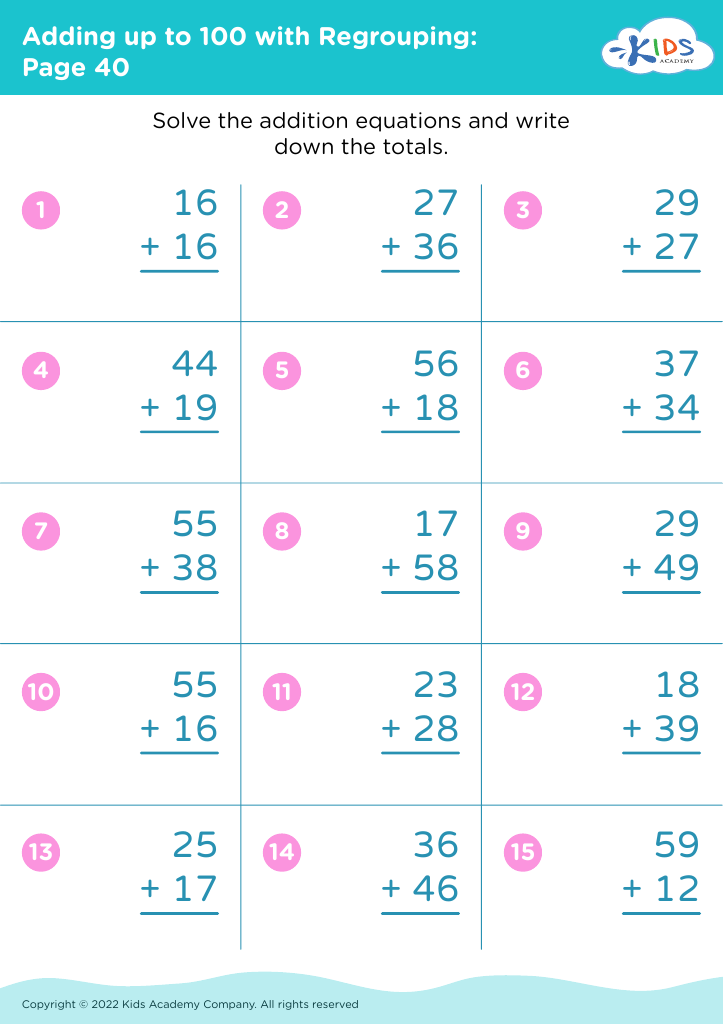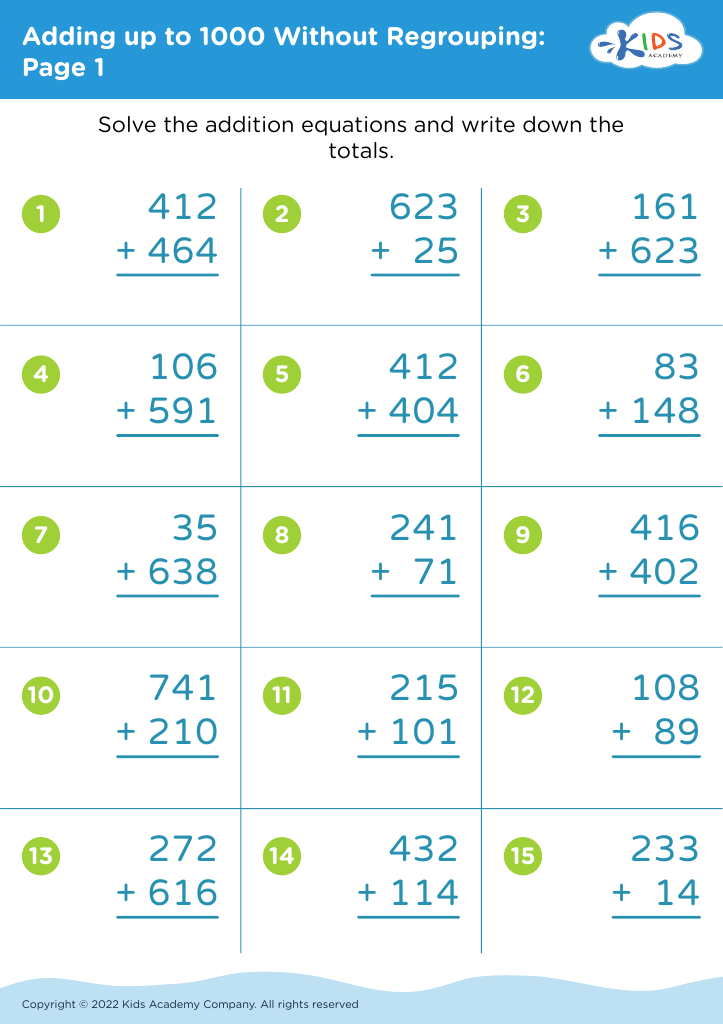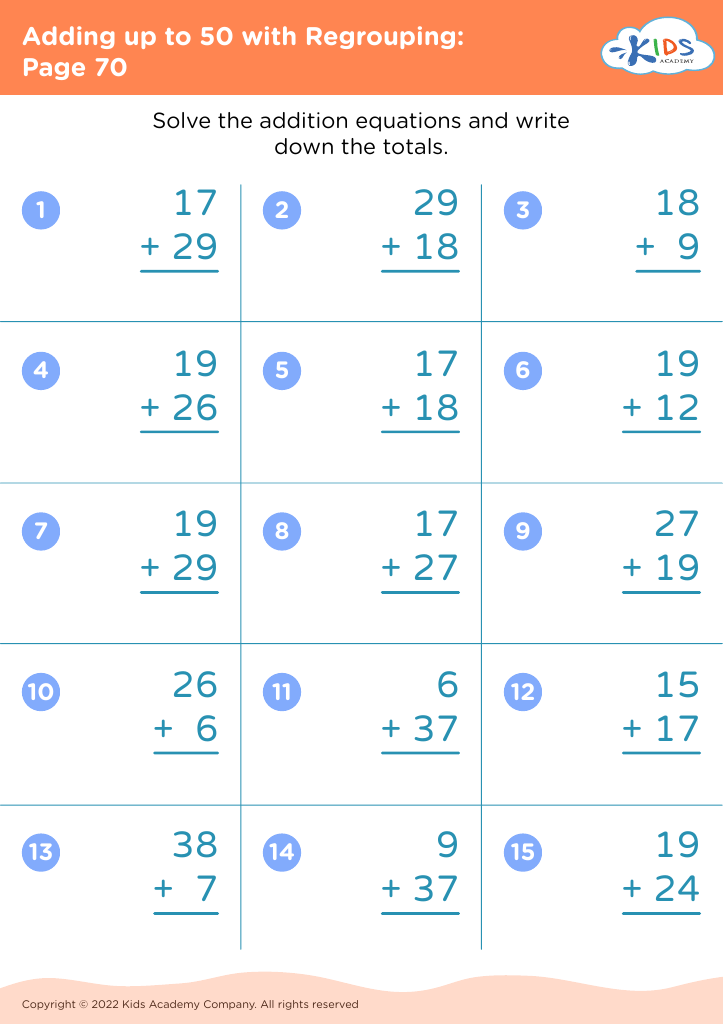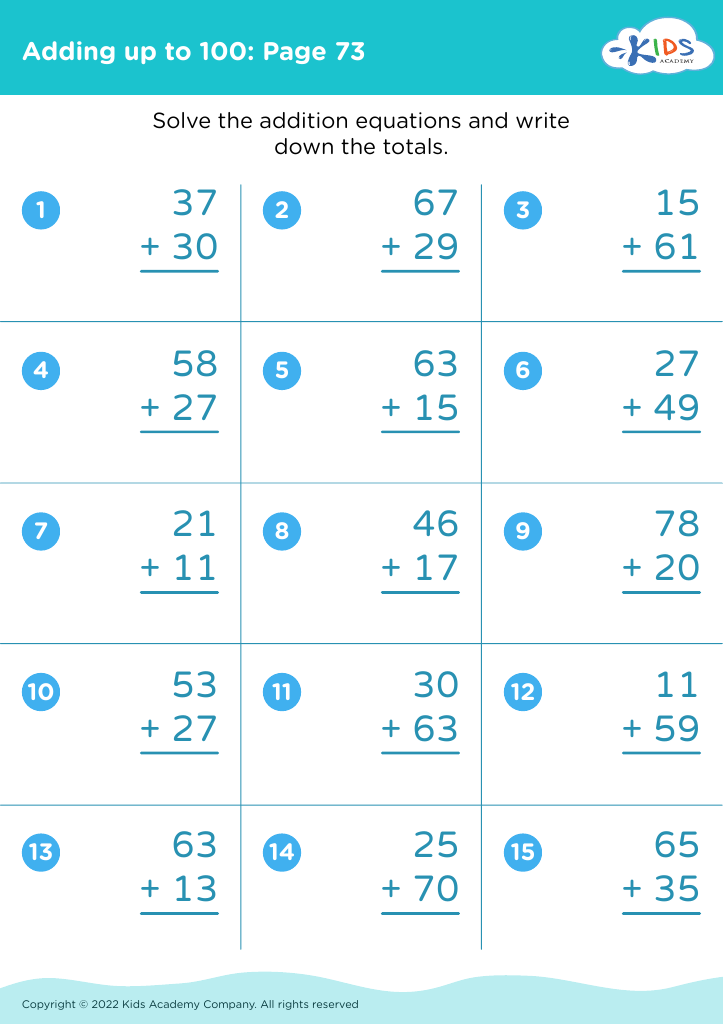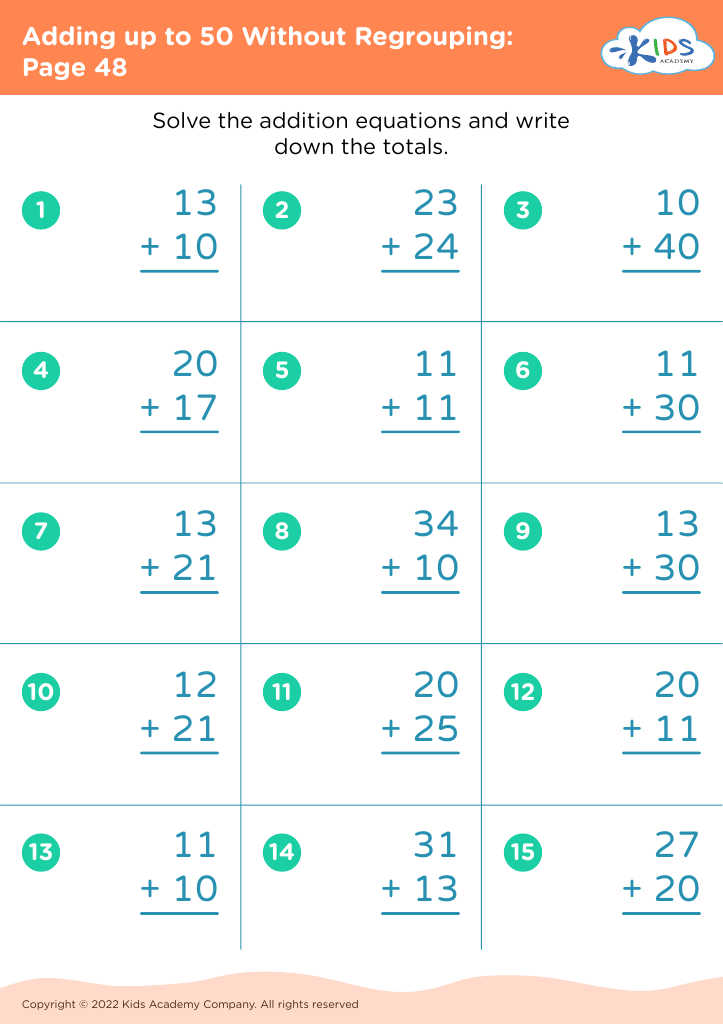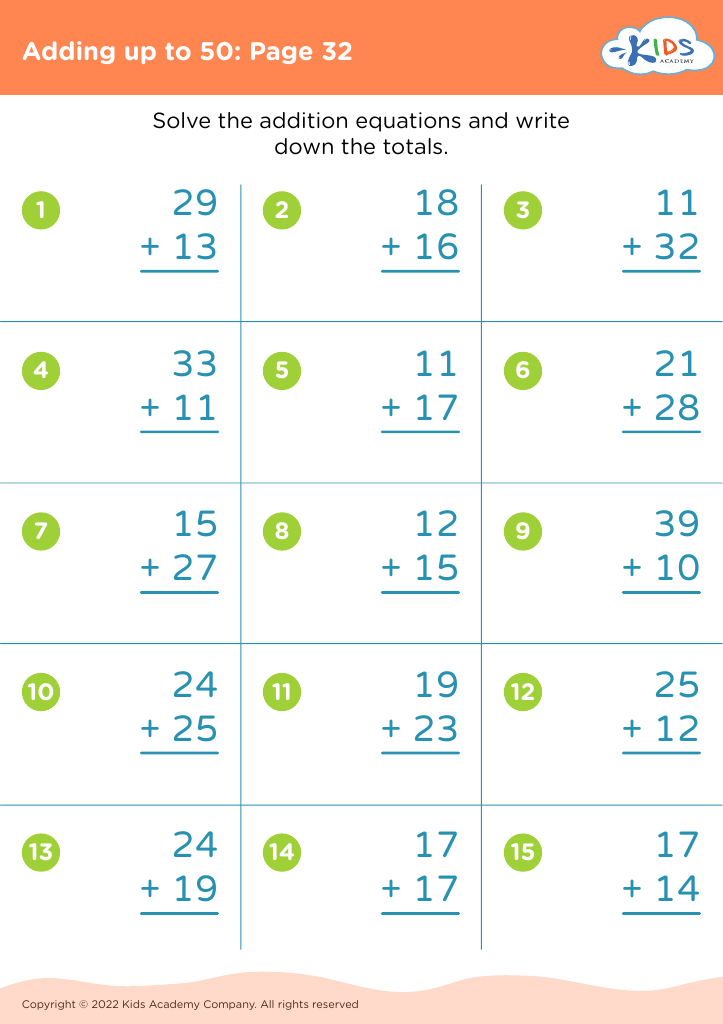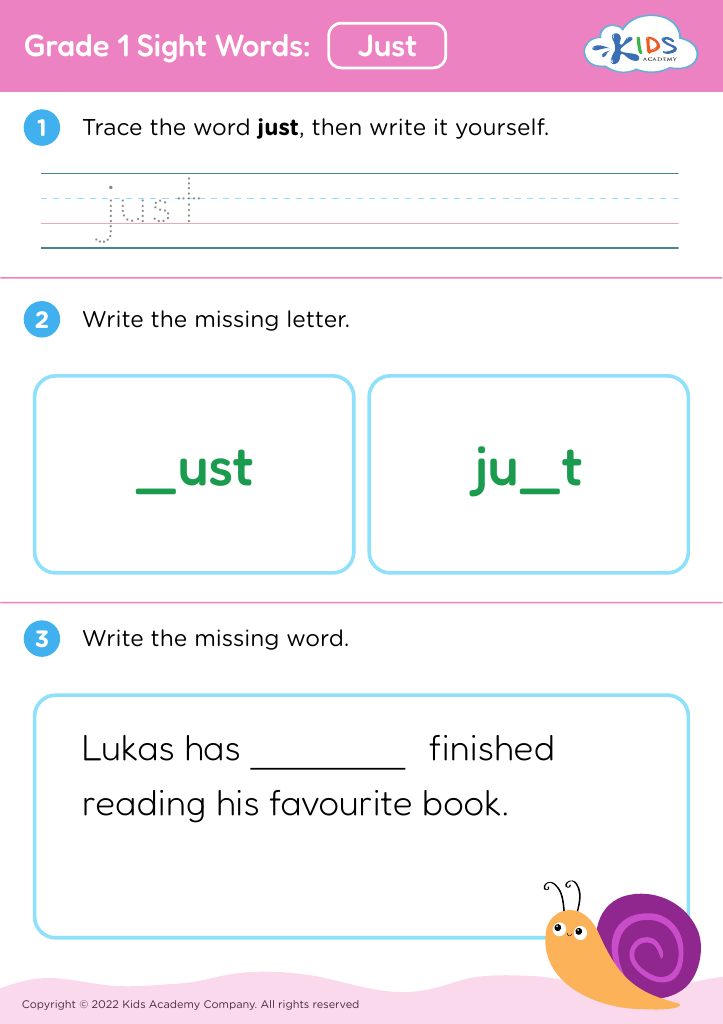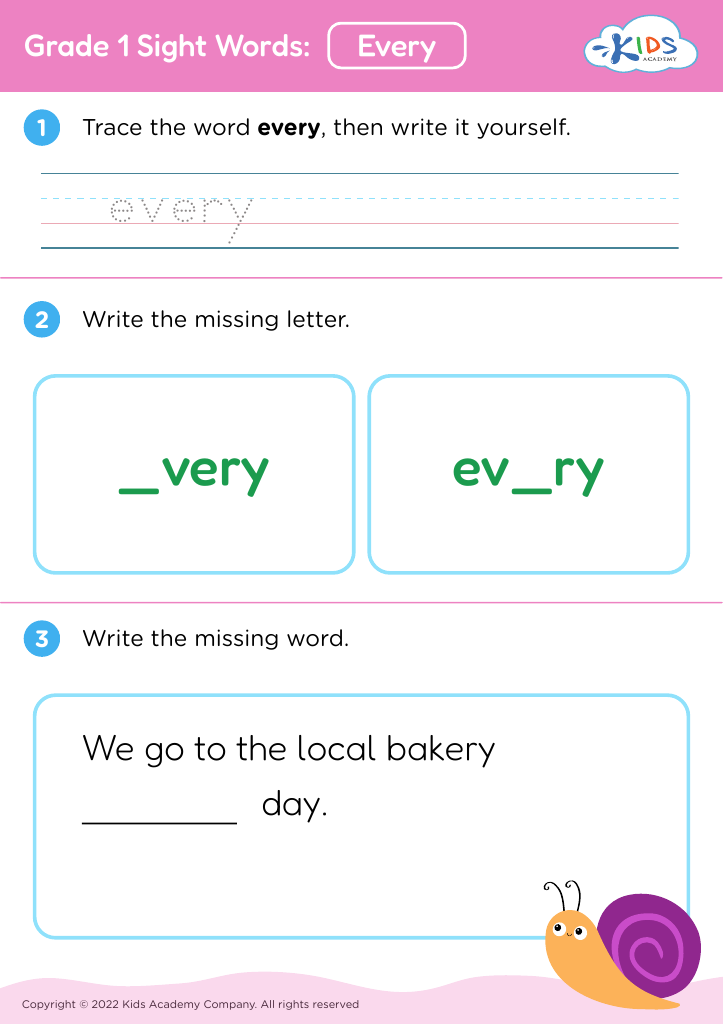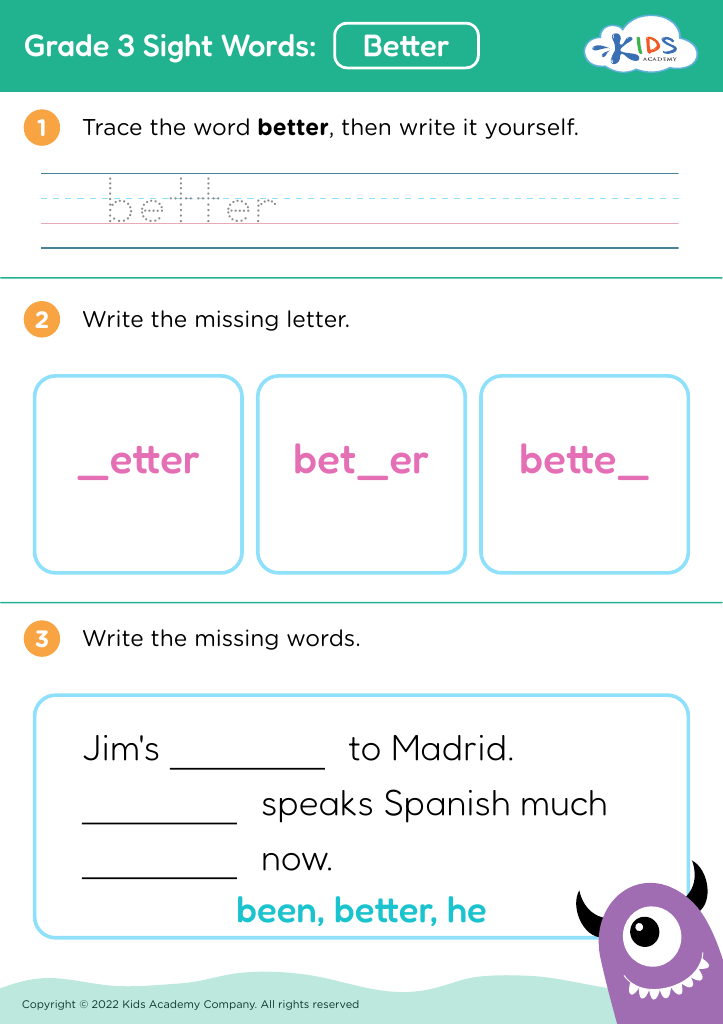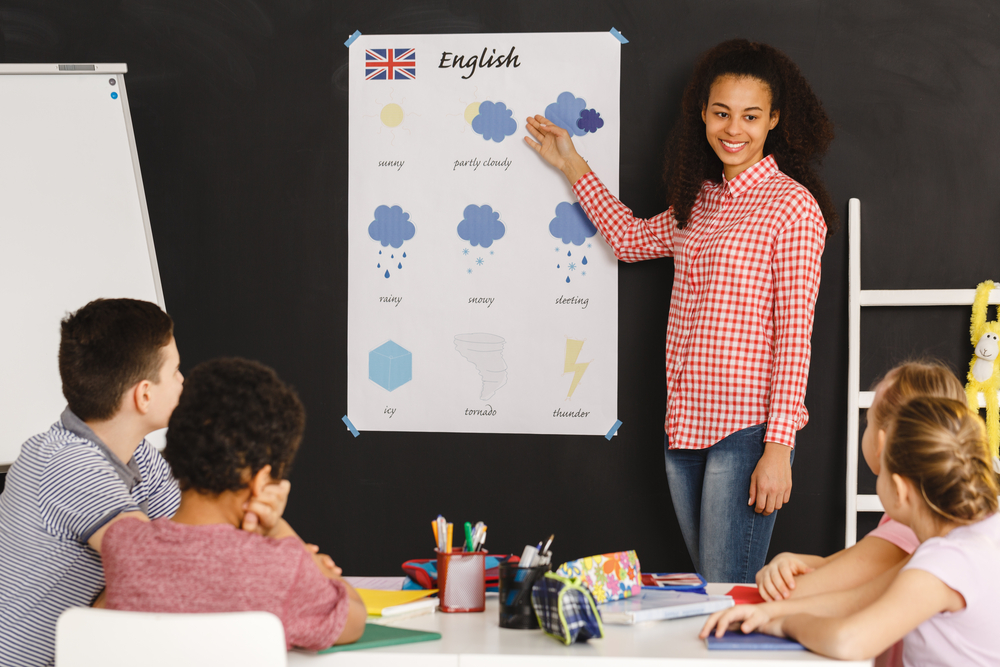Comparing quantities Worksheets for Ages 5-8
16 filtered results
-
From - To
Enhance your child's understanding of numerical values with our "Comparing Quantities Worksheets" designed for ages 5-8. These engaging worksheets provide fun and educational activities that help children practice comparing different quantities through visual aids and relatable contexts. Featuring various exercises such as matching, counting, and identifying the greater or lesser amounts, these resources make learning math exciting and interactive. Perfect for both classroom and home learning, our worksheets foster critical thinking and improve basic math skills in young learners. Download now to help your child build a strong foundation in comparing quantities, setting them up for future success in mathematics!


Which Has More? Size Worksheet


Comparing Number Representations Worksheet


Fruit Math: Picture Graphs Worksheet
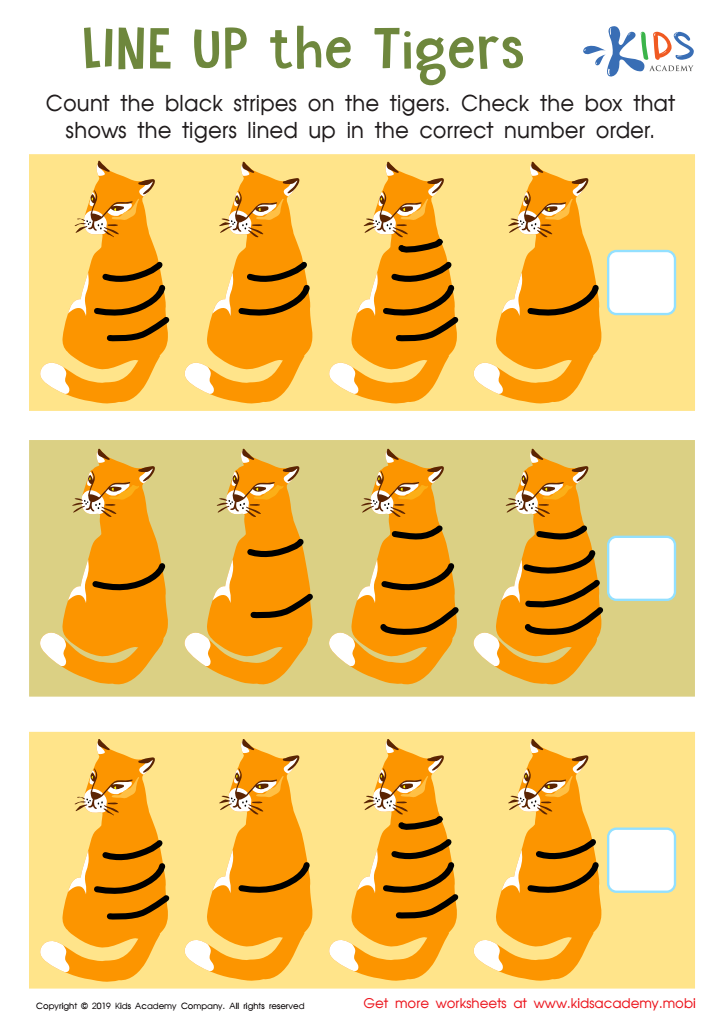

Line up the Tigers Worksheet
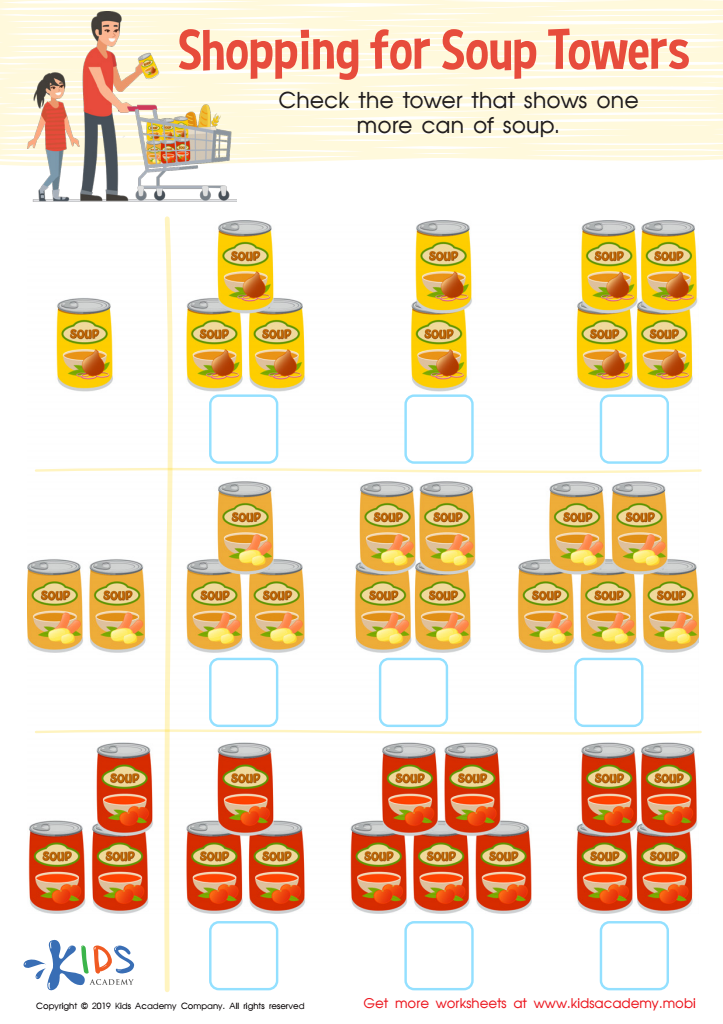

Soup Towers Worksheet
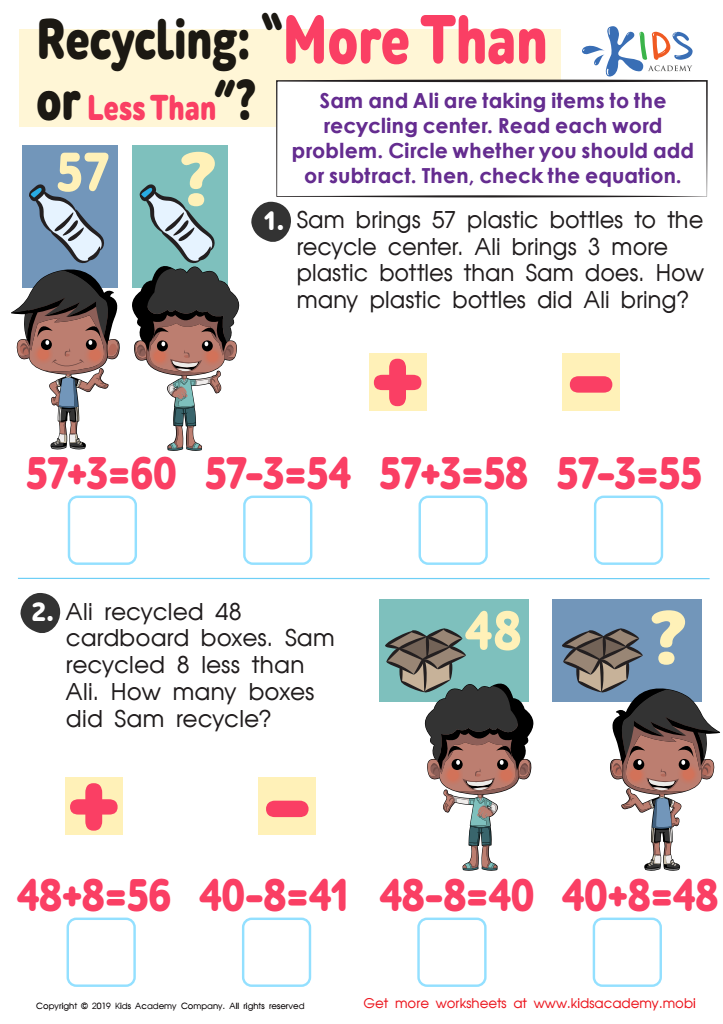

Recycling - More or Less Worksheet
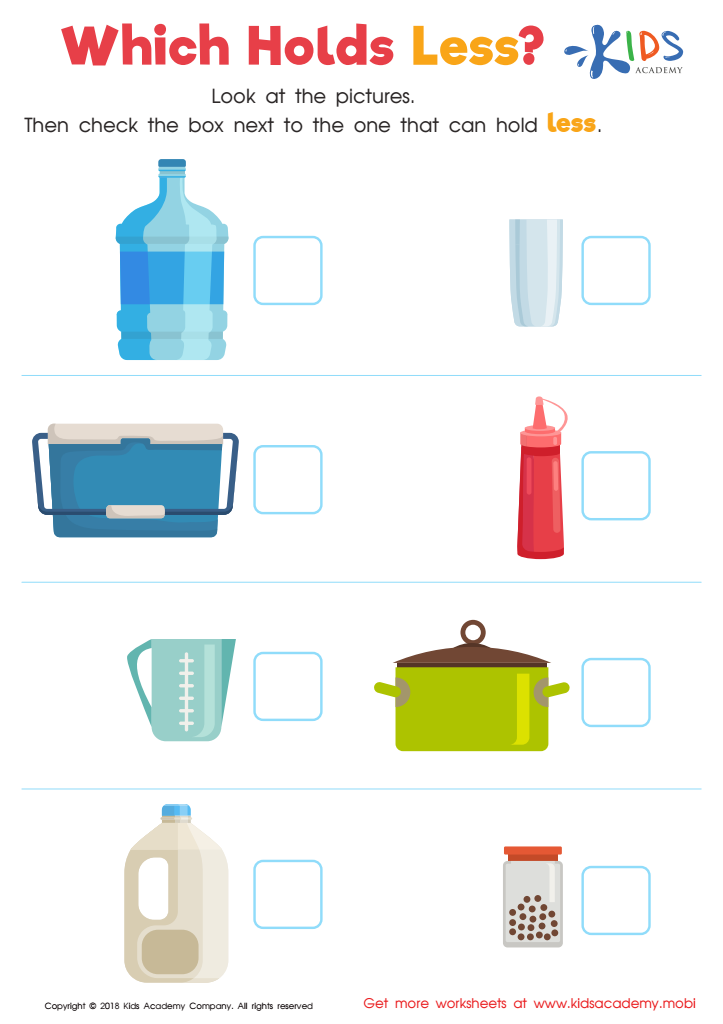

Which Holds Less? Worksheet
Comparing quantities is a fundamental skill that lays the groundwork for a child's mathematical understanding and critical thinking abilities. For children aged 5-8, engaging with this concept helps them develop a sense of numbers and enhances their problem-solving capabilities. It encourages them to analyze and interpret information effectively, skills essential not just in math, but in everyday situations.
Parents and teachers should care about this concept because it fosters logical reasoning and promotes a deeper comprehension of the world around them. When children compare quantities—whether through measuring ingredients for a recipe, sharing snacks, or organizing toys—they practice decision-making, understand relationships between numbers, and gain insights into more complex mathematical concepts, such as addition, subtraction, and even basic multiplication.
Moreover, as children learn to compare quantities, they build confidence and curiosity in their mathematical abilities. This foundation supports higher-level learning as they progress in their education. By prioritizing this essential skill, parents and teachers encourage a positive attitude towards math, setting children up for ongoing success in academics and everyday life. Encouraging activities that involve comparisons can stimulate engagement, making learning both fun and meaningful.
 Assign to My Students
Assign to My Students

